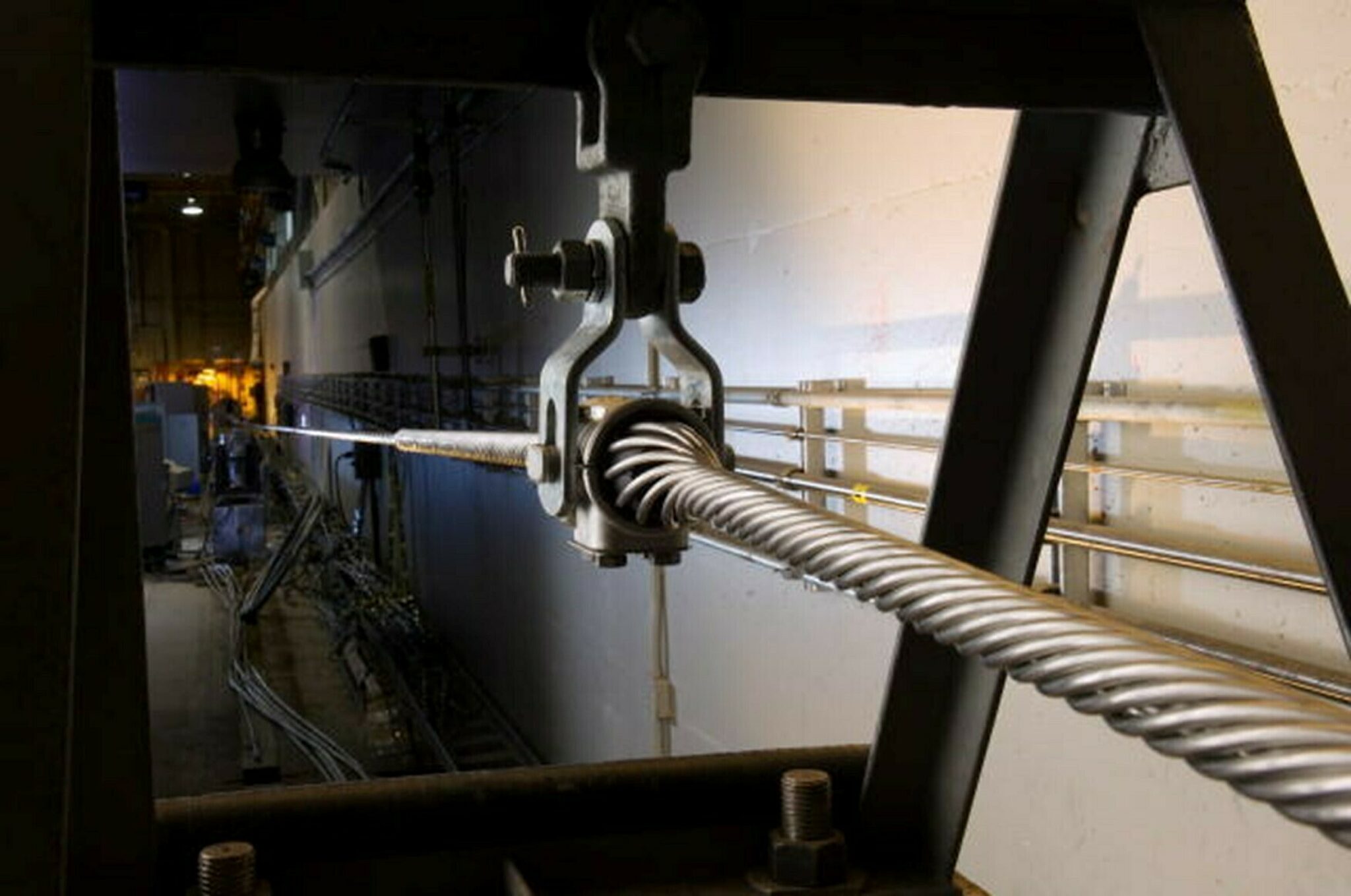Unveiling the Secret Uses of Optical Fiber Checking for Efficient Information Transmission
In the realm of modern interaction, optical fiber testing becomes an important method for enhancing information transmission. By utilizing methods such as Optical Time Domain Name Reflectometry (OTDR) and insertion loss analyses, network drivers can properly determine and address issues that may compromise signal integrity. As the need for faster and more trustworthy links proceeds to increase, the effects of these screening methods prolong beyond instant fault detection, affecting lasting network efficiency. Recognizing the multifaceted applications of optical fiber testing invites a deeper exploration into its crucial function in forming the future of data interaction.

Significance of Optical Fiber Testing
The value of optical fiber testing can not be overstated, as it acts as a critical element in guaranteeing the integrity and effectiveness of information transmission systems. In an age where high-speed communication is critical, any kind of shortages in fiber optics can lead to considerable data loss and lowered efficiency. As a result, rigorous screening protocols are necessary to validate the integrity and efficiency of optical wires.
Testing enables the recognition of issues such as micro-bends, macrobends, and splice losses that might prevent signal high quality. In addition, it supplies understandings right into the total attenuation and data transfer abilities of the fibre, guaranteeing that the network fulfills particular functional standards. Regular testing not just improves system performance but also lengthens the life-span of the facilities by determining potential concerns prior to they intensify into costly failings.

Sorts Of Optical Fibre Examinations
Different sorts of optical fibre tests are performed to guarantee the efficiency and reliability of fiber optic networks. These tests can be categorized right into several essential kinds, each serving a certain objective in evaluating the honesty of the fibre.
First, Optical Time Domain Reflectometry (OTDR) is a famous test that determines mistakes, interlaces, and connectors within the fiber. By sending out pulses of light and evaluating the shown signals, technicians can identify concerns along the fibre's length.
Second, insertion loss examinations assess the amount of signal loss when light travel through connectors or splices, which is vital for keeping network efficiency.
Third, return loss tests determine the quantity of light mirrored back towards the source, offering understandings right into the top quality of connections and potential sources of disturbance.
Furthermore, connection examinations ensure that the fibre path is complete, enabling service technicians to confirm that the fiber company website is undamaged with no breaks. fibre testing equipment.
Lastly, visual mistake locators utilize noticeable light to recognize breaks or extreme bends in the fibre, aiding in quick troubleshooting. Collectively, these examinations form a thorough approach to maintaining ideal efficiency in fiber optic networks.

Applications in Network Maintenance
In modern telecommunications, reliable network upkeep depends heavily on optical fibre testing to recognize and fix concerns without delay. Routine testing makes certain that the network operates at optimum efficiency levels, reducing downtime and boosting individual experience.
One of the primary applications of optical fiber testing in maintenance is the discovery of faults, such as breaks, bends, or inappropriate links. Techniques like Optical Time Domain Name Reflectometry (OTDR) enable service technicians to find these issues properly and examine the high quality of the fiber web link. Furthermore, loss testing validates the stability of the optical path, ensuring that signal depletion stays within acceptable restrictions.
Regular maintenance screening additionally helps in preventive actions, determining potential issues before click this link they rise into significant failings. This proactive strategy can save companies both time and funds. Additionally, during upgrades or growths, optical fibre screening guarantees that new setups incorporate perfectly with existing framework.
Enhancing Information Transmission Integrity
Reliable network maintenance with optical fiber testing not only addresses instant concerns but likewise plays a substantial role in enhancing data transmission integrity. By recognizing faults, measuring signal loss, and examining the total problem of fibre optic cable televisions, testing makes certain that possible problems are corrected prior to they rise right into substantial disruptions.
Regular optical fibre testing, such as time-domain reflectometry (TDR) and optical time-domain reflectometry (OTDR), allows service technicians to determine the specific areas of breaks, flexes, or adapter concerns within the network. This aggressive approach not just minimizes downtime but also optimizes the performance of official statement data transmission by guaranteeing that the pathways for signals are clear and functioning efficiently.
Furthermore, testing aids in verifying adherence to sector standards and specifications, which is important for preserving the integrity of data flow. By ensuring that each link fulfills called for thresholds for loss and quality, organizations can bolster their self-confidence in the integrity of their information networks.
Eventually, investing in comprehensive optical fiber screening not only enhances information transmission dependability however also sustains the lasting operational efficiency of interaction frameworks.
Future Patterns in Fibre Testing
Arising modern technologies are positioned to transform fibre screening, leading the way for boosted effectiveness and accuracy in information transmission diagnostics (optical fibre diameter analyser). As the need for faster internet and greater transmission capacity proceeds to rise, the integration of innovative tools such as expert system (AI) and device understanding (ML) is established to transform standard fibre screening methods. These modern technologies will make it possible for predictive upkeep and automated fault discovery, considerably lowering downtime and enhancing network integrity
Additionally, the fostering of Internet of Points (IoT) devices will certainly facilitate real-time tracking of fibre networks, permitting immediate recognition of performance concerns. This shift in the direction of proactive administration will lessen disruptions and maximize data circulation.
Furthermore, advancements in optical time-domain reflectometry (OTDR) and brand-new testing criteria will enhance the accuracy of dimensions, guaranteeing that information integrity is maintained throughout the transmission procedure. The arrival of 5G technology likewise demands the development of much more advanced fiber testing methods to sustain its high-speed needs.
Conclusion
In verdict, optical fiber testing is necessary for preserving effective data transmission within communication networks. Normal screening not only ensures conformity with sector requirements but also promotes aggressive maintenance, ultimately adding to the long-lasting reliability and efficiency of fiber optic systems.
Comments on “The use of ofda enhances fibre evaluation with innovative optical technology.”